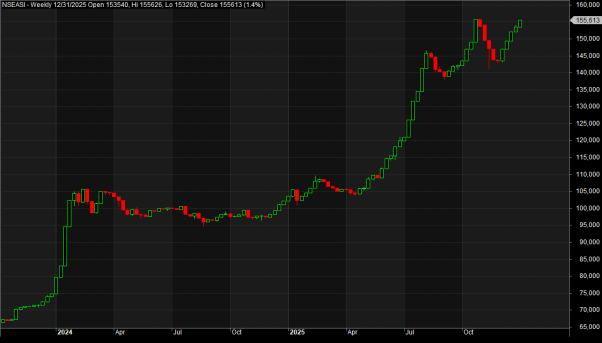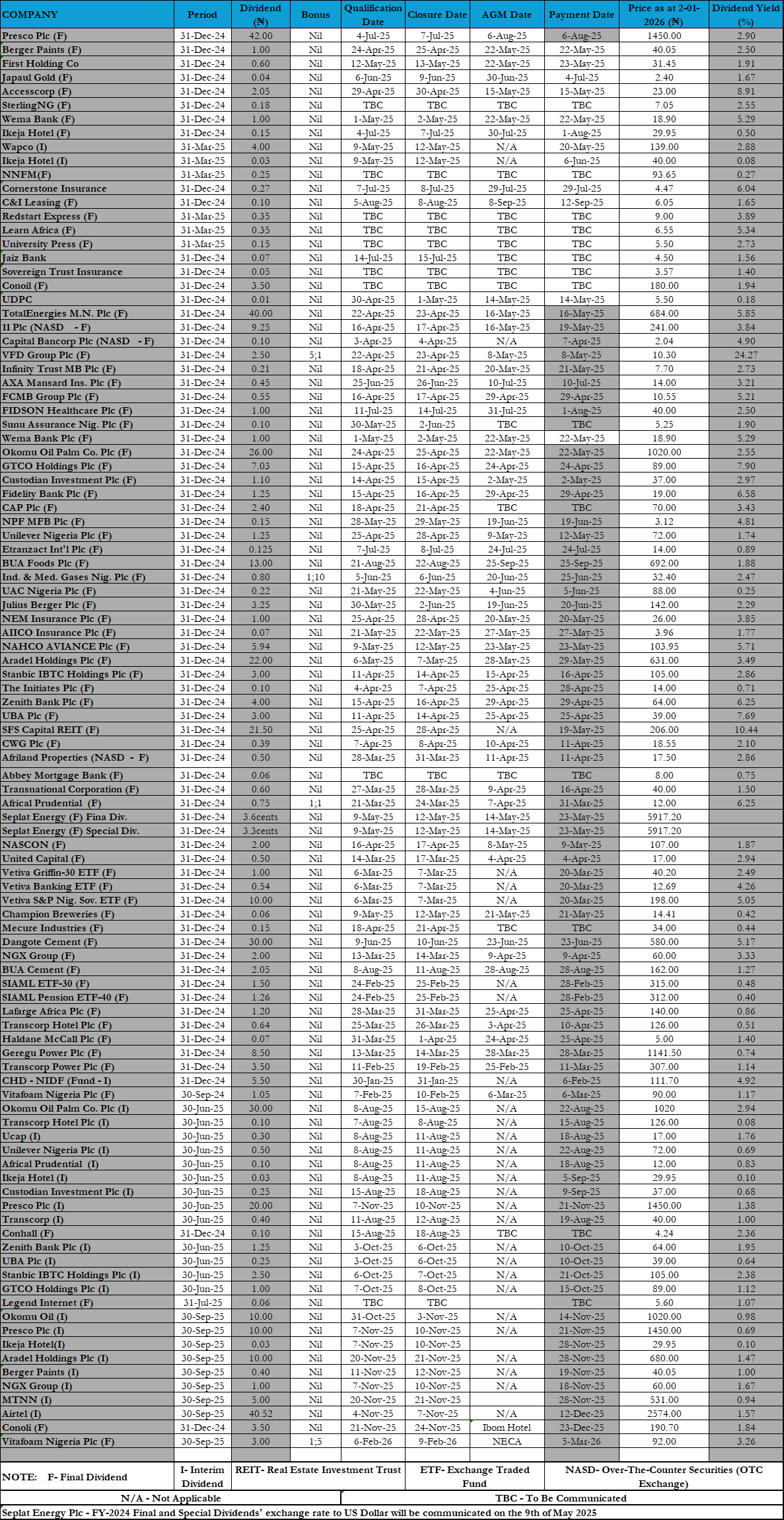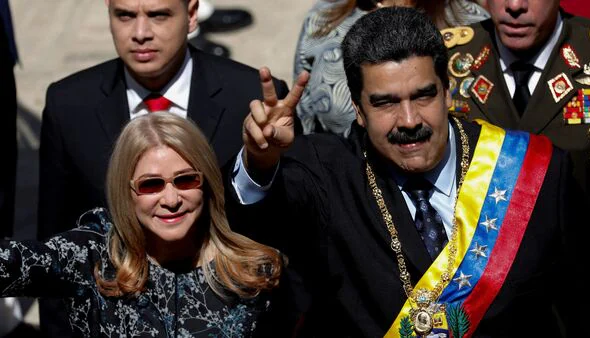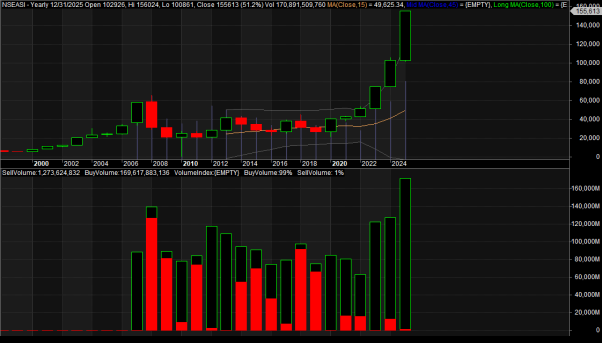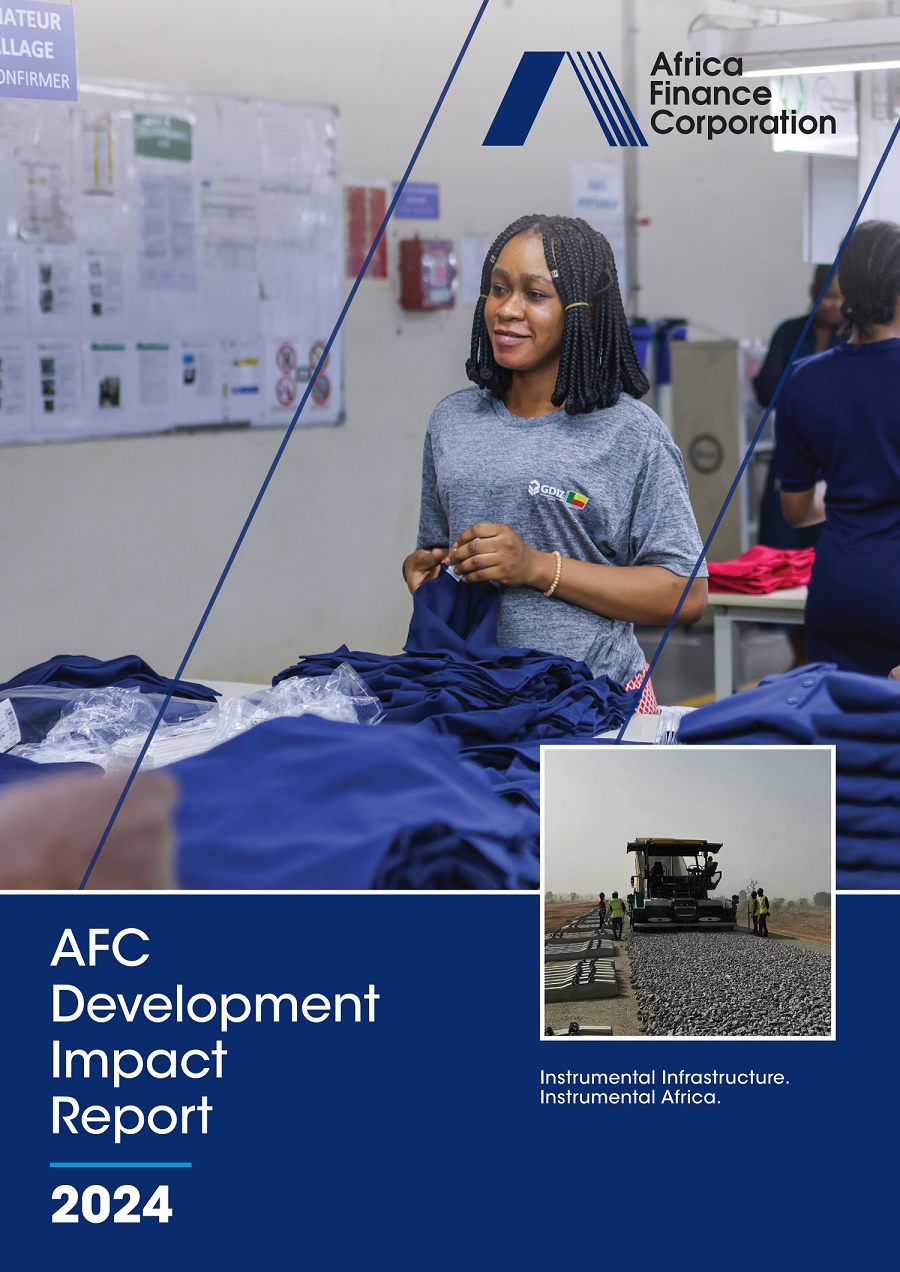
AFC Reports US$50bn Gross Domestic Product Impact, 7m Jobs From Scalable Infrastructure Model
Amid growing global demand for sustainable, high‑yield investments, the African Finance Corporation, on Thursday said its blended finance model has seen it impact 166 Climate-smart infrastructure projects across 36 countries, delivering real-world impact at scale while avoiding annual 8.8m tons of CO₂ emissions.
AFC, the continent’s leading infrastructure solutions provider, in its just published annual Development Impact Report, revealing that its various projects have to date added over US$50bn to GDP, supporting the creation of seven million jobs across 36 countries on the continent.
The report also highlighted the establishment of the continent’s largest and fastest-growing renewable energy platform, Infinity Power, now delivering 1.4 giga watts of clean electricity, which is on track to reach 3GW by 2030 – a clear marker of AFC’s leadership in Africa’s energy transition.
Commenting, Samaila Zubairu, President and Chief Executive Officer of AFC, described the report as “a record of the tangible, large-scale impact we’ve always aimed for—driven by disciplined capital, strategic partnerships, and a focus on outcomes that matter.
“From clean energy to industrial ecosystems and regional rail links, AFC’s investments are transforming challenges into opportunities and unlocking Africa’s potential at scale,” he said.
The report, the corporation said in a statement, tracks outcomes across 166 projects, drawing from over 250,000 data points validated by a rigorous methodology.
AFC’s development model, grounded in its Theory of Change, the statement said, prioritises four pillars: industrialization, energy transition, regional integration, and digital inclusion.
A further breakdown of the AFC’s impact project showed that US$14bn capital was mobilised; while a total of 4.1m homes have been connected to electricity and 8.8m tons of CO₂ emissions avoided annually.
The report also details broad social outcomes, including inclusive employment across gender and age, among significant community-level impacts. For example, AFC said its investments in Gabon’s ARISE Industrial Platform resulted in 42% female workforce participation, with women are employed across manufacturing, services and off-grid energy sectors, advancing gender equity in traditionally male-dominated industries.
Digital inclusion initiatives like M-KOPA, a pay-as-you-go mobile and solar energy finance platform, empowered 1.7 million first-time mobile internet users, while investments in providers like MTN and Airtel have connected over 100 million people to mobile and broadband services.
AFC’s model links strategic project development with exit discipline, crowding in private capital once projects are commercially viable. The report highlights notable investment outcomes, including: Infinity Power/Lekela acquisition – now Africa’s largest renewable platform, with large-scale wind and solar operations spanning Egypt, Senegal, and South Africa
The Red Sea Power project – setting Djibouti on course to become the first African nation powered entirely by renewable energy
Lobito Rail Corridor – linking Angola, DRC and Zambia to shorten export timelines from 45 to 7 days, cut 300,000 tons of CO2 emissions annually, and unlock trade routes for minerals critical to the global energy transition,
Takoradi Port exit (Ghana) – a demonstration of transition to private capital, preserving impact and redeploying funds
Kamoa-Kakula – the world’s lowest-emission copper mine, contributing 6% to DRC’s GDP
All data, it stressed, is aligned with international benchmarks, including the UN Sustainable Development Goals (SDGs), GIIN IRIS+ and the Joint Impact Model (JIM).
As global demand grows for sustainable, high‑yield investments, AFC said its blended finance model offers a replicable approach to accelerating Africa’s infrastructure development. The report concludes with a call to partners – governments, investors, and development institutions – to collaborate in scaling proven models that drive structural transformation, climate resilience, and inclusive growth.


